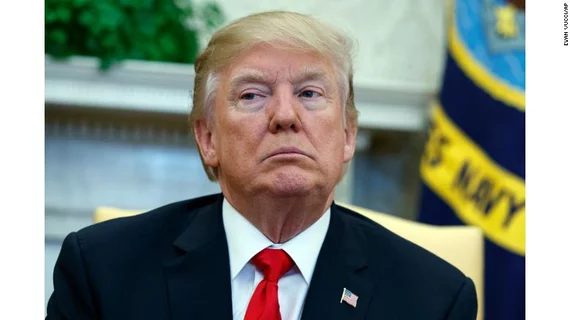Trump to sign executive order on AI
President Trump will sign an executive order as part of the American AI Initiative to drive both the development and the regulations of artificial intelligence, according to a report by The New York Times.
The White House is prioritizing keeping pace with China’s AI initiatives, amid an increasingly volatile trade war that includes billions of dollars in tariffs on Chinese products. China has promised to become the “world leader” in AI, and other countries are following suit.
In response, former U.S. Defense Secretary Jim Mattis also sent a memo to the White House asking the administration to design a national strategy for AI. And $75 million of the Defense Department’s annual budget was allocated to creating a new office that will develop these technologies.
Specifically, the executive order aims to better educate workers in the field, advance access to cloud computing services and data needed to build AI systems, and promote cooperation with foreign powers.
No funds have been earmarked to support AI research and development. White House officials also did not detail how Trump’s policies will be put into effect or how progress of the AI-based initiatives will be tracked.
To read the story, click the link below.

